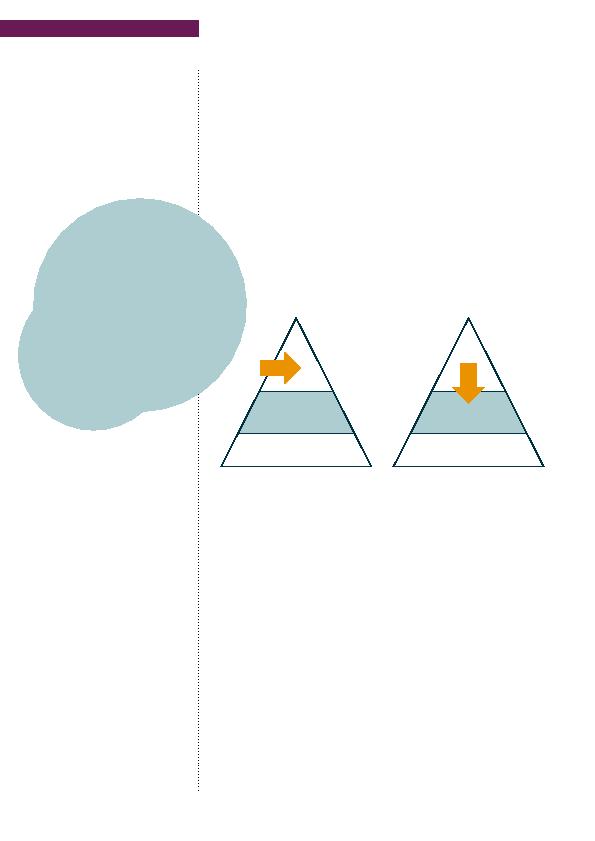
pany was initially established in Denmark to serve the domestic market. It then grew
by moving in to the developed markets in the West. Then it started exporting to China,
usually by exporting its existing product to the high-end of the market. Of course, some
SME's were "born global", but this is still the rare case and none of the companies in
the SfG project belong to this category. This explains why Danish SME's like the SfG
participants are moving to the Chinese mid-market from an established position in
the high-end market. Their high-end position in China may be seen as a strength that
can be leveraged to extend the business into the mid-market. However, as described in
this section, starting from a high-end position may also hinder the company in being
sufficiently agile and fast in adapting to the new market in China.
described in strict procedures and implicitly rooted in the company culture. Procedures
are developed and optimized over time and shaped by experiences from entering estab-
lished markets in the West. However, China differs radically from established markets,
so a Danish company's conventional and deep-rooted ways of operating may be difficult
to adapt to meet the new working conditions of the mid-market.
fore, companies have adopted procedures such as the stage gate process. Whereas the
stage gate process can ensure quality and help to find a better fit with market needs,
there is no emphasis on shortening the time to market. Speed is not so critical in
mature markets, but in the rapidly changing emerging markets, there may not be time
for a thorough stage gate process. Therefore, the well-established procedures in a Dan-
ish company may need to be complimented by other, faster processes better suited to
the emerging market and this, in turn, imposes different ways of operating within the
same company. However, top management may not encourage other ways of working,
as exemplified by the following case.